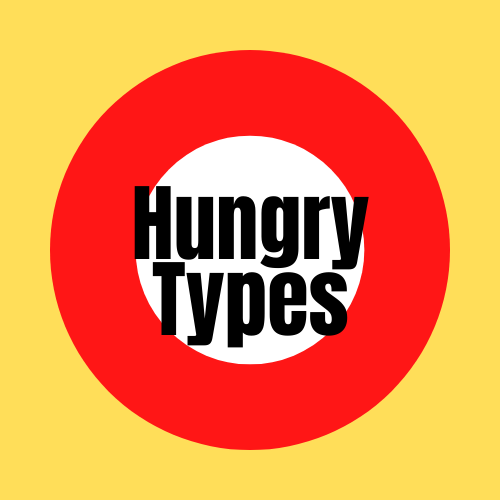McDonalds. A fast food restaurant that serves 120 countries for 68 million customers each day. A place that’s employing more than 210,000 people. A place that has names for the different shapes of the nuggets. A place that is actually the world’s largest toy distributor.
Okay, okay. I’ll stop with these did-you-know facts right now. However, you can’t disagree - McDonalds is a well-known brand that everyone knows. Well, almost everyone, I can’t talk for all of us, right?
However, let’s get to the point. The thing is, this fast-food place has a lot of out-standing details. For instance, you probably randomly sing “I’m lovin’ it” slang at least once a month. You’d probably paint its logo even if you were woken up in the middle of the night.
Or… you’d probably distinguish its typography style in a second.
Previously, McDonalds would incorporate more yellow, red colours that are associated with fast food, high energy energy, desire, cheerfulness, and even a touch of danger. These bright main colours stimulate appetite, so it works perfect for the places that serve food. It was used for menus, interior and exterior of the restaurants, and even logos. However, due to these colours and associations, McDonalds was seen as a fast, cheap, but not really healthy place to eat.
Because of the newest trends of living a healthy lifestyle and the negative image of being unhealthy, after some time, McDonalds reinvented themselves. Now, most of the time, McDonalds uses the colours of white, yellow, orange, green, brown. It creates a more natural, organic, healthy image.
According to “Fonts in use”, McDonalds uses the corporate typeface Lovin’ Sans for all typography. Lovin’ Sans is a customized version of Process Type Foundry’s Colfax. It was adapted at Leo Burnett (a long-term communication partner of McDonald’s) with Brian Loehr’s involvement.
What does it say about McDonalds typography? Well, maybe at first, it was created as fast as the food it serves. In a hyperbolised way, of course. Obviously, McDonalds got an image they probably didn’t want, and that’s why they had to recreate it, and one of the most powerful tools to do that is typography. In addition, it highlights the significance of typography on the brand’s identity as the whole.
Sources:
https://fontsinuse.com/typefaces/95460/lovin-sans
